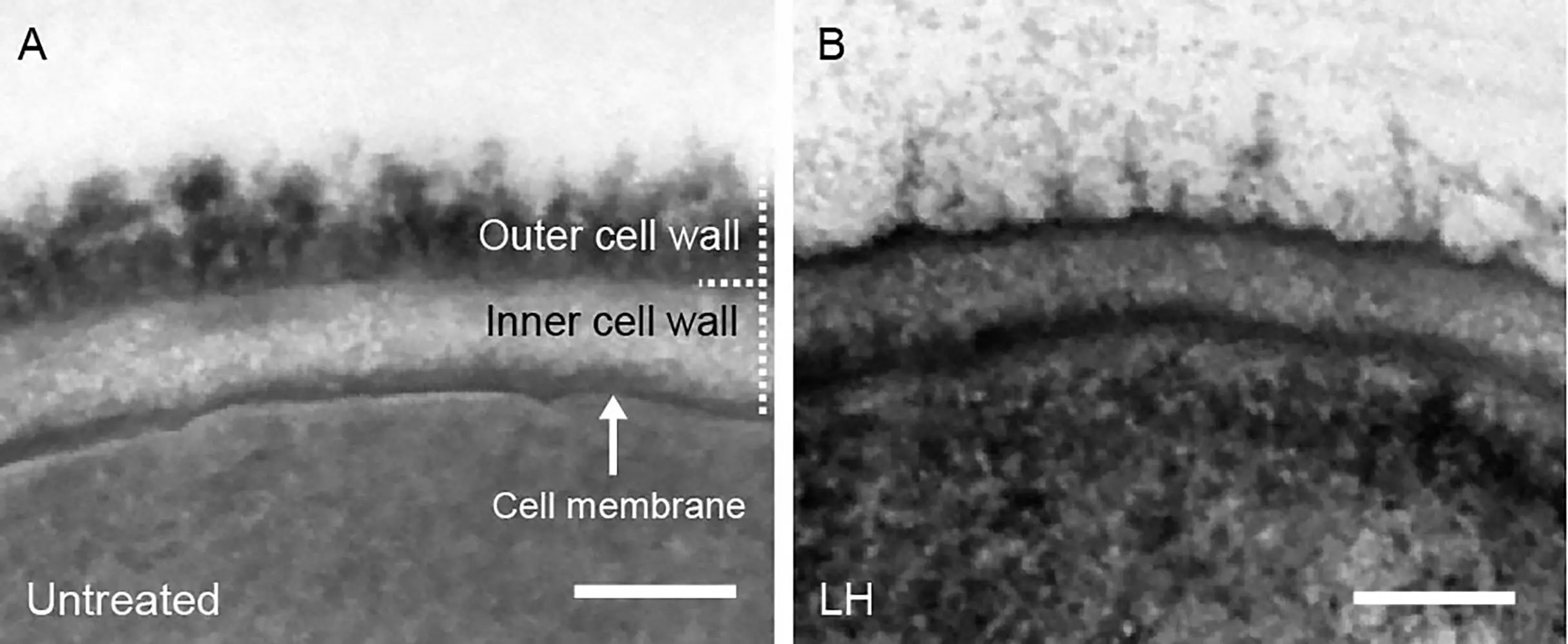Every year, millions of people are affected by invasive fungal infections, with Candida species being a significant cause of such infections. As the demand for effective therapies continues to rise due to increasing drug resistance, researchers are exploring new avenues to combat these deadly infections.
A research team led by Dr. Sascha Brunke from the Leibniz Institute for Natural Product Research and Infection Biology has made significant progress in developing new antifungal therapies using synthetic polymers. The team, including doctoral researcher Sebastian Schäfer, discovered the therapeutic potential of long-chain chemical compounds that mimic naturally occurring peptides.
Through their research, the team uncovered the exact mechanism of action of these synthetic polymers. Unlike conventional antifungals that target fungi in a single way, these polymers attack fungal cells through multiple pathways simultaneously. They inhibit glycosylation on the cell surface, weaken cell walls and membranes, and support immune cells in destroying fungal cells.
One particular polymer, LH, in combination with the drug caspofungin, showed remarkable efficacy against Candida albicans, even resistant strains. In laboratory tests, this combination significantly improved the survival rate of infected moth larvae. Additionally, the team found that the combination did not lead to the development of resistance in C. albicans, indicating its sustainable and effective nature.
The use of synthetic polymers in antifungal therapy offers several advantages. They are relatively inexpensive to produce, stable, and storable compared to conventional therapies. This makes them a potential solution for low-income countries where access to costly treatments is limited.
Despite the promising results, more research is needed before synthetic polymers can be used in clinical settings. Testing in human models is necessary to ensure safety and efficacy. Optimization of the polymer structure and understanding the specific molecular components that target fungal cells are also key areas for further investigation.
The research on synthetic polymers for treating fungal infections presents a hopeful future for innovative therapeutic options. While challenges remain, the potential benefits of these compounds in combating drug-resistant infections are significant. Continued research and development in this area could lead to breakthroughs in antifungal therapy.


Leave a Reply